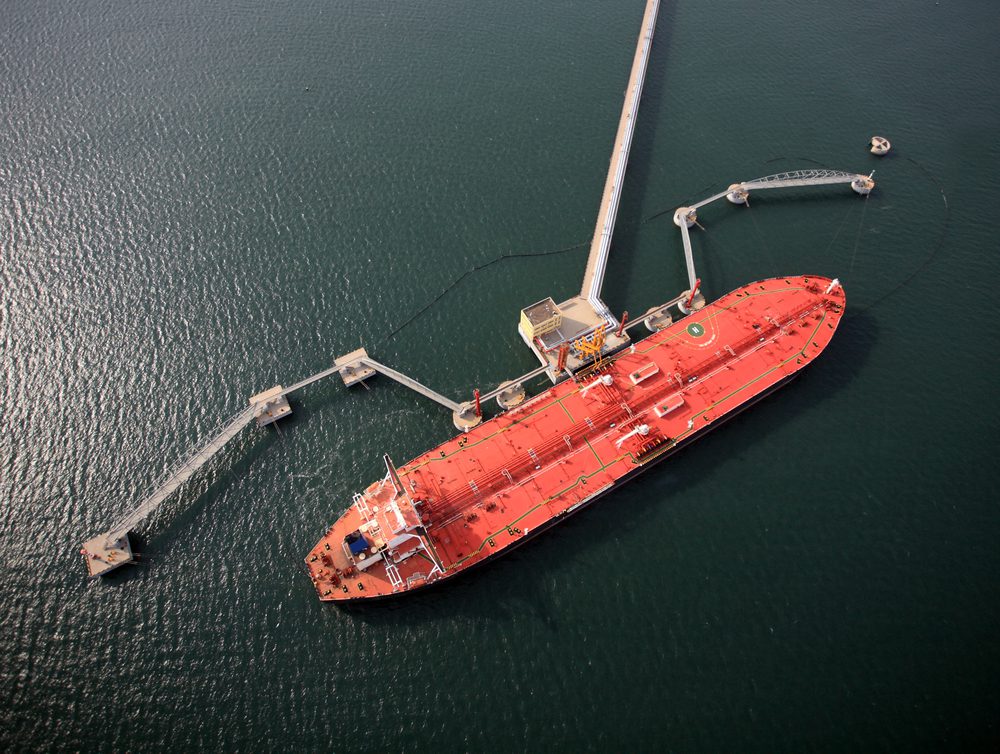tcly / Shutterstock
By Serene Cheong and Sharon Cho (Bloomberg) –Oil refiners hoping for some fourth-quarter gravy are facing disappointment as surging freight rates inflate the cost of buying crude.
U.S. sanctions on Chinese shipping companies and Friday’s attack on an Iranian tanker have turbo-charged transport costs, with rates on the Persian Gulf to China route at almost six times this year’s average. That’s slashing the margins of refiners, who had been anticipating a boost in profitability due to cleaner ship-fuel rules set to take effect next year.
Complex refining profits in Singapore tumbled to $2.91 per barrel on Friday from as high as $10.28 on Sept. 17, according to data from Oil Analytics. Margins are near the lowest for this time of year over the past five years, based on assessments against Dubai benchmark crude, after being above the highest level last month.
Refining Gains Plunge
Crude processors are now faced with a dilemma: to buy and ship crude at much higher prices and risk low or no profits, or to cut operating rates and jeopardize supply of fuels over winter.
“Overall, refinery margins aren’t terrible when considered against oil benchmarks such as Dubai or Brent, but I can see why some refiners may consider run cuts once you add physical oil premiums and freight costs,” said Nevyn Nah, an oil analyst at Energy Aspects Ltd.
Refiners are more likely to tap their existing inventories for feedstock, rather than reduce run rates as we approach the year-end when fuel demand peaks, Nah said. Using up stockpiled oil has the added benefit of lowering taxes that are typically slapped on crude hoards at the turn of the year, he said.
Freight rates have risen by about four to five times since the U.S. sanctions and that’s hurting Indian Oil Corp.’s margins, a company official said in New Delhi Monday. The state-owned refiner is reducing spot purchases of crude as a result, the official said.
When calculated against Saudi Arabia’s Arab Medium oil, Singapore complex margins fell to a deficit of $1.58 a barrel on Friday, the lowest in data going back to 2008. On a seasonal basis, processing returns are about $1.80 below the lowest level over the last five years.
Making a Loss
Returns from breaking down crude into products such as plastics, gasoline and diesel typically peak in the last three months of each year due to consumption over winter, prompting processors to increase operating rates. The cleaner ship-fuel rules, known as IMO 2020, were expected to benefit refiners by causing a shift toward more high-quality fuels that fetch higher prices.
“The second half of this year was supposed to look better for refiners, especially with seasonal demand,” said Will Sungchil Yun, a commodities analyst at HI Investment & Futures Corp. in Seoul. “But the sudden spike in freight rates is definitely a burden” and discussions on potential run-rate reductions may start to take place, he said.
© 2019 Bloomberg L.P

 Join The Club
Join The Club











